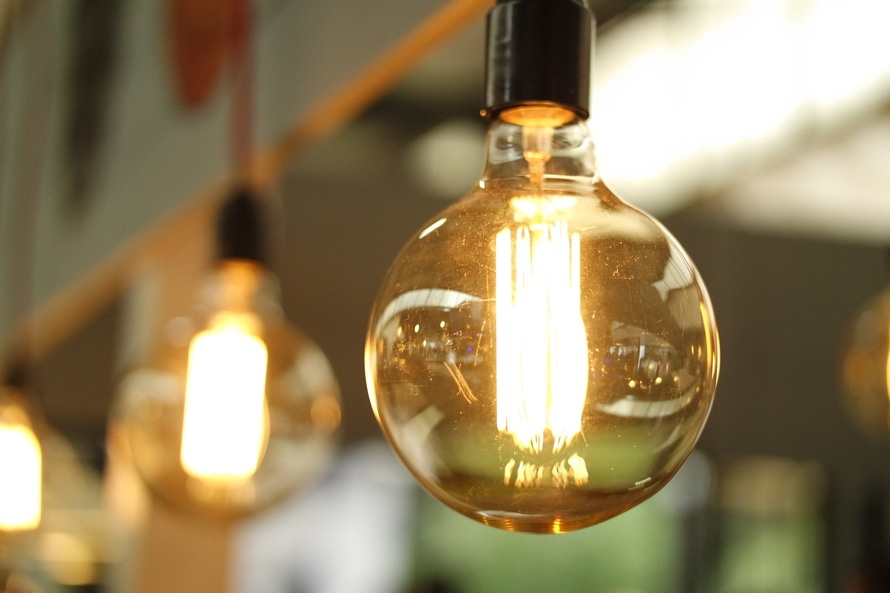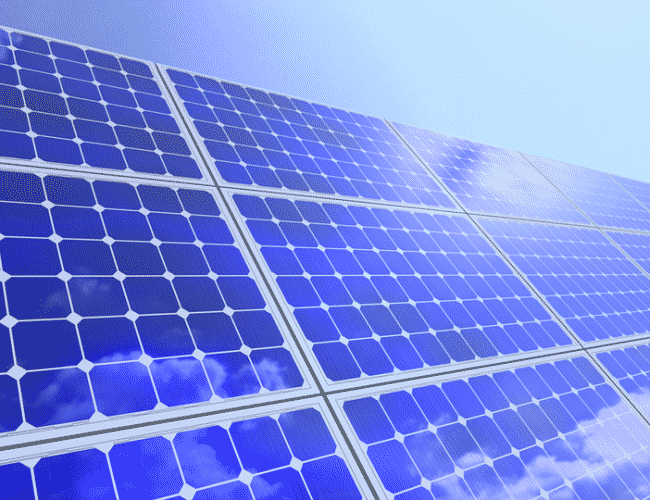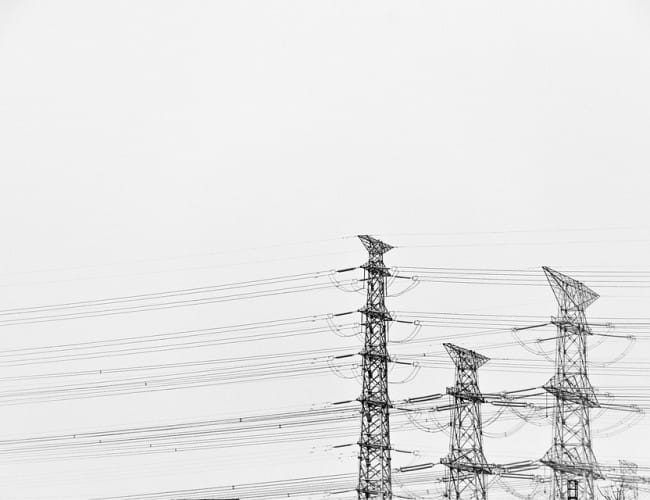
Jul 29, 2016
We’re all familiar with solar as a technology in Australia, and rightfully so. Electricity prices are high; we have plenty of sunlight and lots of space for solar panels. We see it daily across our national newspapers as our solution to move away from fossil fuels, and regardless if you believe in climate change or not, the benefits of the technology to our environment are evident. No one wants to live in a country covered in smog and pollution as we see in a lot of cities in neighbouring Asia. We need to move away from heavily polluting sources of energy means and need to look into alternative or renewable generators.
The reason why it’s such a mystery is surrounded by our energy market. As a culture we are raised in a manner that when you get your electricity bill, you just pay it – no questions asked. There isn’t any other option or choice. Now the Australian Energy Market Commission (AEMC) and energy retailers have made it so hard to follow how much you are being charged; you have to read 15-20 lines with charges associated with how much it costs to run your house or business.
Due to upgrading the network (poles & wires), electricity prices have risen over 70% in the past seven years. Electricity prices will continue to increase too, as the transition from fossil fuels to a lower-carbon economy occurs. The only way for the owners of the network distribution companies to recoup all the money invested in maintaining these upgrades of the poles and wires is to increase charges. Over these past seven years, our energy consumption has dropped as we have all become more conscious about our energy use, utilise more efficient technology and over one million Australian homes have put solar on their roof.
So where does this all leave Australia?
We are one of the global leaders for residential solar! But the commercial application of solar is very poor in comparison. A strange situation considering we are at work when the sun is shining and producing energy to use. The leading businesses who have invested in on-site renewable power generation sources are typically global companies that have created an in-house emissions reduction target, or small to medium business who have a very compelling financial case to do it.
When we look at our client profiles, the first step is to consider energy efficiency. Simple changes such as lighting upgrades and sensors represent a quick return on investment outcomes. Technology innovation also provides a broad range of solutions. Such technology as vitamin D emitting lighting are rumoured to be coming out soon, or products that allow you to manage your home from the cloud. Being able to turn your washing machine on remotely, so it’s done when you get home, or being alerted to turn on your air-conditioning when your solar system is producing to cool down or heat up the house for when you get home.
The future of your energy consuming lifestyle is going to be driven by innovation in technology. As energy prices continue to rise and we transition away from fossil fuel generation sources, there will be a greater focus on how and what we do from behind our electricity meter. Taking communities or housing blocks off the grid will become a reality over the coming decades. The energy revolution is well underway, so stay well informed.
James is a Director of Sustainable Future Group who provide advisory, delivery and installation services across Australia for energy efficient technologies. To contact James directly email him at JamesC@sustainablefuturegroup.com.au






